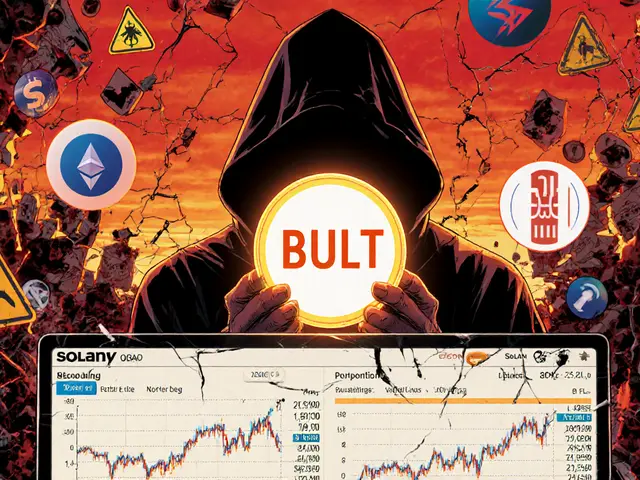ve(3: Understanding the Risks and Realities of Crypto Scams and DeFi Exchanges
When you see ve(3, a malformed tag that appears in system logs, not in market data. Also known as a data artifact, it doesn't represent a token, project, or exchange—it's what happens when something breaks. But the posts tagged under it? They're not broken. They're warning signs.
Under this tag, you'll find real stories of crypto scams, fraudulent schemes where developers vanish with investor money, like rug pulls on SushiSwap V3 or fake airdrops like SPAT Meta Spatial. These aren't theoretical risks—they're happening right now. The DeFi rug pull, a specific type of exit scam where liquidity is drained from a decentralized exchange, has taken billions. And the people behind it? Often operating from places like Myanmar, where crypto romance scams, fraudulent relationships built to trick victims into sending crypto are part of organized crime networks. These aren't isolated incidents. They're systems.
It's not just about scams. The tag also surfaces real tools and platforms—like SushiSwap V3 and Decaswap—that are legitimate but risky if you don't know what you're doing. You'll find reviews that cut through the noise: which exchanges have real liquidity, which tokens are just hype, and which ones are outright traps. You'll see how crypto regulation, government rules that force exchanges to prove they're not fronts for crime is changing in Turkey, the UK, and the Philippines. And you'll learn how blockchain forensics is being used to track North Korean hackers and Myanmar fraud rings. This isn't theory. It's what’s happening on the ground.
There’s no magic fix. No secret signal. Just clear-eyed analysis of what’s real and what’s rigged. If you’re trading, staking, or chasing airdrops, you need to know how these pieces fit together. The posts under ve(3 don’t promise gains. They show you the traps so you don’t become the next statistic.

Velodrome v3 on Optimism is the leading DeFi exchange with ultra-low fees, 45% APY bribes, and cross-chain swaps coming in 2025. Learn how it works, who it's for, and why it dominates Layer 2.
Continue Reading





